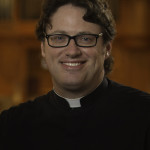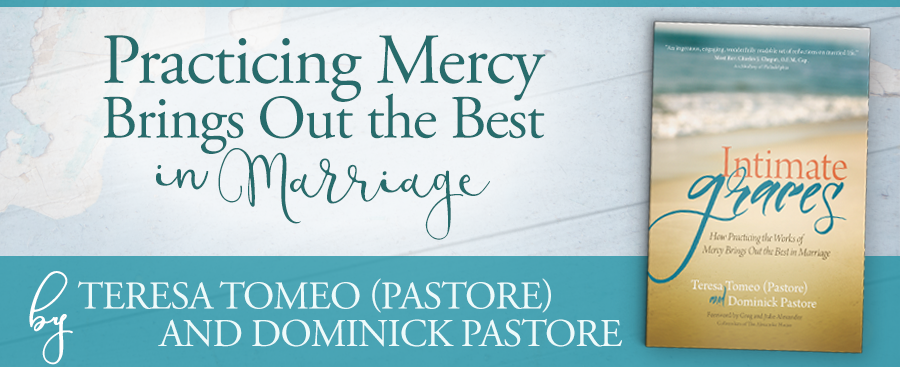 “A Valediction: Forbidding Mourning” is my favorite John Donne poem. Written in 1611 for his wife as he was on his way to France, the poem was a gift meant to ease their parting. Before the world became so immediately digitally connected—before things like FaceTime and texting—lovers often bound themselves together with letters and poems written from the heart.
“A Valediction: Forbidding Mourning” is my favorite John Donne poem. Written in 1611 for his wife as he was on his way to France, the poem was a gift meant to ease their parting. Before the world became so immediately digitally connected—before things like FaceTime and texting—lovers often bound themselves together with letters and poems written from the heart.
Donne’s words were beautiful. Their love, he wrote, was holy. Sustained not by mere physical presence or material things or by mere carnal attraction, their love was “so much refined” that it could not be ruined or weakened by absence. Though separated, they should “make no noise,” he wrote, no “tear-floods,” no fuss. Rather, in knowing that by marriage and love their two souls were one, they “endure not yet a breach” and suffer no real separation. Their love is built upon something more transcendent, more spiritual, and more real.
It’s that foundation, the constancy which must be rooted in the heart of husband and wife, which must be present if their relationship is not only to last but to flourish. That love that isn’t determined or weakened either by the successes or struggles of life—by the joys and trials of raising children, by the ups and downs of finances, by one’s own internal growth, and sometimes suffering—it’s what each relationship must have if it’s to be something beautiful, something that is true happiness. It’s a love that’s bigger than both.
Pope Paul VI’s Gaudium et Spes talks about this kind of love. “Authentic married love is caught up into divine love and is governed and enriched by Christ’s redeeming power and the saving activity of the Church”(48). That’s what Donne was hinting at in his poem, but which the Church proclaims clearly: what truly binds two people in love is Christ, sustained in the body of Christ, the Church. All that love poetry points to the presence of Christ in the sacrament of marriage, in love lived out in the communion of the Church. My wife’s faith and mine is in a love bigger than us, a love which is Christ and which has held us together for so long.
But how do we experience this bigger love? How can we renew it? This is why I began my reflection with Donne’s poem to his wife.
The Lent before we were married, my wife and I were living on two sides of the Atlantic—I was in England and Alli was in Texas. Wanting to share Lent together and knowing we needed to prepare spiritually for our wedding, we decided to write each other one love letter each week of Lent. Not just some ordinary love letter, however. Rather, each letter was to be written after we’d individually spent time meditating on one of the scripture readings we’d chosen for our wedding, as well as a few of the prayers from the liturgy. Each week we chose one of the readings or prayers as a text for lectio divina, sharing with each other the fruit of our prayer. Often our letters were themselves prayers, not just love letters. Always words of hope, promise, commitment, and love, and admittedly old-fashioned, they helped us feel close to one another and to prepare for our big day. After more than 15 years of marriage, it’s what we remember the most of our marriage preparation: how our hearts spoke to each other that way, how we discovered that love that was bigger than the both of us in the word of God and the words of the Church and in prayer.
Whether you are engaged, married, just starting out, or praying for renewal, maybe love letters or a poem or two during Lent would help you. You could share prayer, scripture, and words of the hearts in some old-fashioned way to find or rediscover that love that is bigger than all of us that holds each couple in Christ.
Fr. Joshua Whitfield is pastor of St. Rita Catholic Community in Dallas, Texas. Whitfield previously served as an Episcopal priest and was ordained in the Catholic Church under the pastoral provision of St. John Paul II in 2012. His book The Crisis of Bad Preaching: Redeeming the Heart and Way of the Catholic Preacher will be available April 2019.








